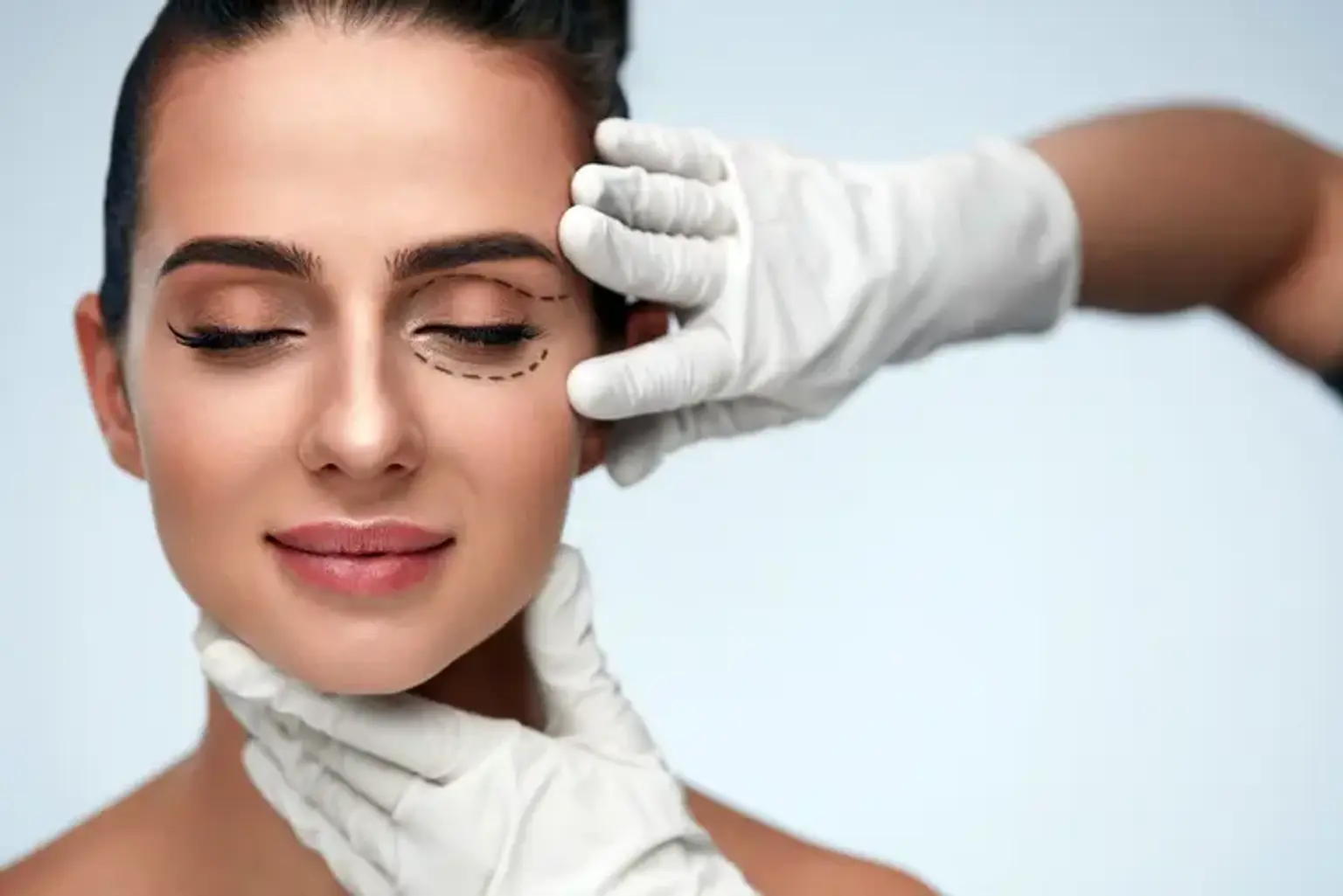Introduction
In recent years, eye correction surgery has gained global popularity as an effective solution for people seeking to free themselves from glasses or contact lenses. Whether you're dealing with nearsightedness (myopia), farsightedness (hyperopia), or astigmatism, the advancements in surgical techniques offer a permanent way to improve vision. These surgeries have become more accessible, thanks to new technology, highly trained surgeons, and better understanding of how to treat refractive errors.
Eye correction surgeries are not only convenient, but they also enhance the quality of life for millions of people worldwide. In this article, we'll explore the most common eye correction procedures—LASIK, PRK, SMILE, and implantable contact lenses—and discuss the benefits, risks, costs, and recovery timelines to help you make an informed decision about whether this might be the right solution for you.
Types of Eye Correction Surgery
There are several types of eye correction surgeries, each with its unique technique and benefits. Below, we’ll break down the most popular ones:
LASIK (Laser-Assisted In Situ Keratomileusis)
LASIK is the most commonly performed eye correction surgery and for good reason—it’s quick, effective, and involves a relatively fast recovery. During LASIK surgery, a flap is created in the cornea (the transparent layer of the eye). This flap is lifted, and a laser is used to reshape the underlying corneal tissue to correct refractive errors. After the reshaping, the flap is carefully repositioned, and it heals naturally without the need for stitches.
Ideal for: Myopia (nearsightedness), hyperopia (farsightedness), and astigmatism.
Pros: Minimal pain, quick recovery, and high success rates. Many people experience 20/20 vision or better after surgery.
Cons: It may not be suitable for people with thin corneas, certain health conditions, or extreme refractive errors.
